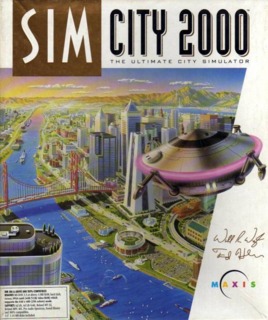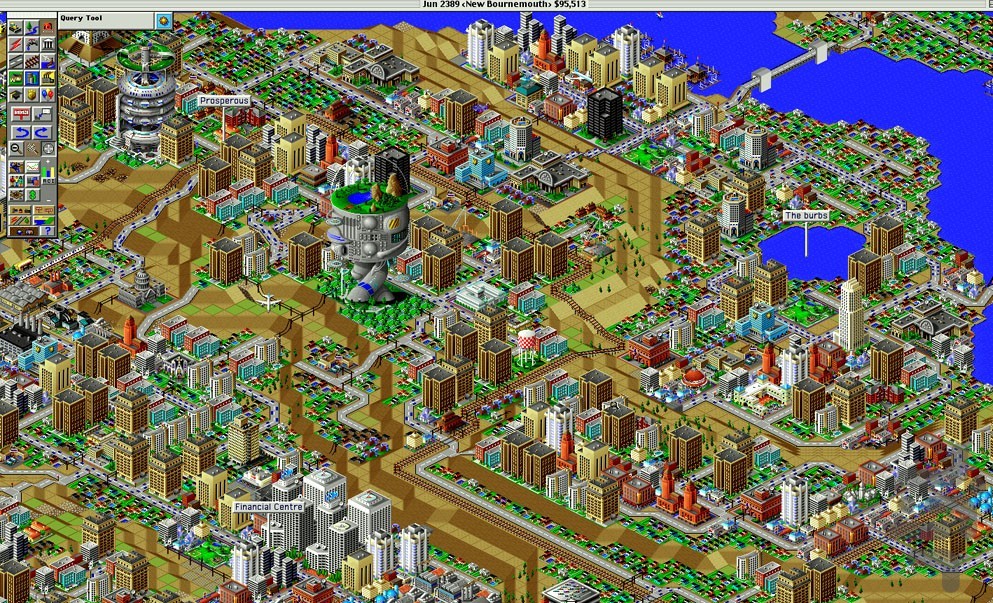

Simcity 2000 tips and hints full#
Superblock-style urban design permeated the mass consciousness in myriad ways such as in SimCity, so much that even today, when we know that mixed uses and smaller streets make for healthier, safer cities, most people still see segregated uses with high-speed car-oriented streets as the ideal.SimCity, the fifth installment of the city-building simulator from Maxis, appeared packed full of new features and options for managing your city.
Simcity 2000 tips and hints driver#
Even today people make fun of Boston’s confusing street grid or tell me, as a car service driver did on Wednesday, that Brooklyn needs more highways. SimCity reinforces the impulse in young budding urban planners, and budding armchair urban planners, to see this simplicity as an ideal. Clean lines and well-planned spaces sound very appealing, and I can understand why the architects even today cling to it. I remember reading a book as a child which showed a picture of the “city of the future” composed of hundreds of very tall towers, thousands of stories high, separated by acres of open space, and personal flying vehicles zipping from tower to tower and floor to floor This is actually based on Le Corbusier‘s Radiant City, a proposal to “improve” cities which sounds lovely but is actually a terrible idea. Professionals in this field had been deceived by the aesthetic appeal of clean, straight lines and simple, single-use, planned areas, and bolstered by the economic interests of the automobile, road-building and building-building industries that benefited from these policies. In The Death and Life of Great American Cities, Jane Jacobs writes of urban planners in Boston who saw the North End as a slum because it had high housing density and “too many” streets, even though it was a thriving neighborhood and “urban renewal” projects were failing. SimCity perpetuates many of the myths from the bad old days, representing long straight roads and segregated uses as an ideal. What does it matter if it oversimplifies city planning? Actually, it does matter. The World Trade Center is a classic example of a superblock, as are many Robert Moses era housing projects. They also believed in “superblocks”, larger blocks the size of several smaller blocks ideally separated by large high-speed roads rather than the small winding streets of older cities. The planners of that era believed in segregating different uses, putting jobs in one area, shopping in another area, and keeping residential areas purely residential. In other words, this simulation encourages 60s style “urban renewal” designs. It’s also most advantageous to create distinct areas of industrial, commercial, and residential property separate from each other. SimCity players quickly learn, or read in a strategy guide, that the optimal layout for the city is the “donut block”, a square ring of eight zones with a park or other civic structure in the center.


(There have since been two sequels, SimCity 2000 and SimCity 3000, which are more sophisticated.)

All the zones are square and exactly the same size. The player lays out transportation infrastructure, parks, and residential, commercial, or industrial zones into which the Sims build their own buildings. Like many people my age, I grew up playing SimCity, the 80s classic video game of city planning.


 0 kommentar(er)
0 kommentar(er)
